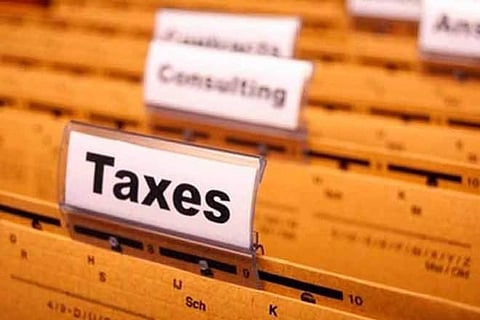

An economic slowdown coupled with prospects of inadequate tax revenues is a recipe for a budgetary disaster. As finance minister Nirmala Sitharaman rises to present her second budget, she has too many things to do and too many people to please.
As taxpayers, you may want her to do much more than provide tax relief to you.
The Union Budget is a beautiful exercise to take stock of things.
In terms of information that is given, budget documents are a goldmine. As someone looking to create wealth through investing, you need to know about the impact of government action through the budget on your finances.
An important aspect that links your money to the central government budget is the estimates the government comes up with for the year 2020-21. Like we have maintained in our column, today’s values in the financial markets are a function of tomorrow’s profits.Connecting the dots is a skill, and you need to learn to master it.
Slow growth
To address the slow growth, the government needs to kickstart the economy. Putting money into the hands of the taxpayer is one way to do that. Taxpayers include individuals and businesses. The government had already cut corporate taxes last year.
There is a possibility that the government could consider putting more money into your hands in the new financial year. The idea is to boost the consumption of goods and services.
That triggers demand and productivity. Eventually, businesses manufacture more to sell more products or services.
The government gets additional revenue through the Goods and Services Tax or GST. However, you may not want to keep too many expectations. The government’s finances are weak.
According to estimates by most experts, the government is likely to exceed the target for the fiscal deficit. The government is expected to overspend in 2019-20 and 2020-21. It leaves limited headroom for any significant stimulus or tax relief.
There is a limit to the amount the government can borrow from domestic or international markets to meet expenditure.
A lot of India’s revenue goes on servicing the interest on loans or paying for salaries of employees and subsidies for food, fuel and fertiliser. It leaves very little space for investing in capital expenditure. Such an expense creates physical infrastructure like roads, bridges or airports.
The government also needs to increase the spending each year on education, low-cost housing and healthcare.
However, with low tax revenue in years, there is a good chance that the Centre may cut the necessary capital expenditure.
The inability of banks and non-banking finance companies to lend aggressively is another stumbling block. The government has to inject capital into public sector banks every year. It also has to provide relief to non-banks in trouble.
All that adds up into a higher expenditure. Since 2014, the Modi government has made it a point to keep the fiscal deficit and market borrowing in check.
The government cannot afford a loose budgetary policy as it would induce inflation in the economy.
Runaway inflation can bring down a fragile economy even faster. You need to watch the budget for the government’s strategy on tackling the economic slowdown.
Divest you must
The government is likely to push for aggressive disinvestment to boost the non-tax revenue in 2020-21. Since tax revenue is unlikely to be sufficient, the government may have to look to sell ownership in businesses aggressively.
It is a prudent idea and can give the government a breather. However, the financial year 2019-20 has been bad for the disinvestment process.
While the government planned to mobilise Rs 1,10,000 crore by March 2020, it has managed to get only Rs 20,000 crore. The process needs momentum in the new fiscal.
What you can expect
You have to look for the balance in the budget. If expenditure surges without creating appropriate physical infrastructure and any credible provision for revenue to match, it could be bad news for prospects of your investments.
Any government spending that creates physical infrastructure is right for your investment.
While personally, tax cuts are good, expect the government to give something and take something away. There is no money to give away if one goes by the state of government finances.
(The writer is editor-in-chief at www.moneyminute.in)